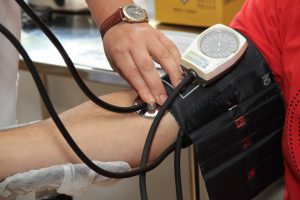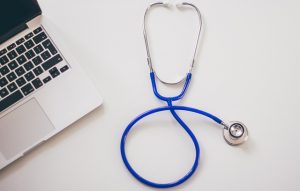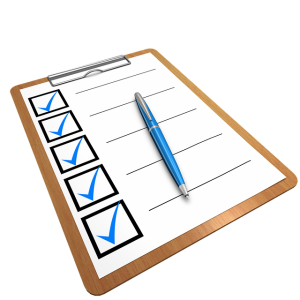During the 2016 residency matching process, the National Resident Matching Program (NRMP) monitored the outcomes for all graduates of foreign medical schools. Specifically, they kept track of match success, specialty preference, ranking information, and applicant characteristics. The data they collected provides valuable information for future applicants. If you are a foreign medical graduate looking to apply to a U.S. medical residency program in the future, there are several key lessons that you can take away from the NRMP report.
Program Ranking Choices: The More the Better
The NRMP report can be particularly helpful if you are a foreign medical graduate trying to figure out how to best to rank programs on your application. According to the NRMP, foreign medical graduates who were successful in matching to their preferred specialty were more likely to have ranked a larger number of programs within their preferred specialty. Specifically, the NRMP reports that, on average, foreign medical graduates who were matched had longer lists of contiguous ranks than those who were not — 6.3 continuous ranks for matched foreign medical graduates, as compared to only 2.5 for those who were not matched.
As a foreign medical graduate, you might be tempted to limit the number of programs you rank within your top-choice specialty area and add a greater number of programs in non-preferred specialty areas that you think will be easier to get into. While the NRMP does recommend applying to a mix of competitive and less-competitive programs, the data suggests that applying to more programs within your specialty area of interest could increase the odds that you will be matched at all. Instead of spending your time trying to locate the less-competitive programs, you should focus on polishing your application show that it demonstrates that you are truly passionate about the your top-choice specialty area.
At the same time, if you do plan to apply to a particularly competitive specialty, it can be helpful to identify an alternative specialty and rank your preferred programs within that specialty area, according to the NRMP. Based on the data, whether or not you choose to do this will probably not have a significant effect on your odds of getting matched. The mean number of distinct specialties ranked by foreign medical graduates who got matched in 2016 was 1.3, whereas the mean was 1.4 for those who were not matched — practically no difference at all. So you shouldn’t be worried that identifying an alternative specialty will reduce your odds of getting matched.
The Importance of Test Scores
Another key takeaway from the NRMP report is that there are two tests that can make a significant difference in determining whether or not you get matched: the USMLE Step 1 and the USMLE Step 2 CK. For both of these exams, the average score for foreign medical graduates who were matched was substantially higher than the average for those who were not matched. It is also important to note that, among the foreign medical graduates who were matched, those who matched to their preferred specialties had higher scores, on average, than those who matched to programs in non-preferred specialty areas.
On the USMLE Step 1, the mean score for foreign medical graduates was 233.8, with a standard deviation of 17.0. The NRMP notes that this is “well above” the minimum passing score in 2016, which was 192. Similarly, on the USMLE Step 2 CK, the mean score for foreign medical graduates was 238.8, with a standard deviation of 15.6. Again, this was considerably higher than the 2016 minimum passing score of 209.
Looking at this data, there are a few key lessons for foreign medical graduates. Most importantly, it makes sense to dedicate a lot of time and energy to studying for the USMLE Step 1 and USMLE Step 2 CK exams. However, if your scores aren’t as high as those reported above, don’t despair! The data are all based on averages, and there are lots of other places in your application where you can make up for a lower score and show that you are ready for success in a US medical residency program.
Also, even though the data shows that the USMLE Step 1 and Step 2 CK can significantly impact the matching process for foreign medical graduates, you should not forget the importance of the USMLE Step 2 CS. It may not play as large a role on your application, but it is still considered by application readers. Moreover, it is essential for ECFMG certification, so you need to make sure you are ready to pass when test day arrives. Similarly, if you make the choice to take the USMLE Step 3 before you begin your residency, you need to make sure that you are well-prepared so that your score reflects your knowledge and abilities in the field of medicine.
As 2017 comes to a close and the 2018 residency match draws near, FMG Portal is here to help! Contact us today to learn more about what we offer!








